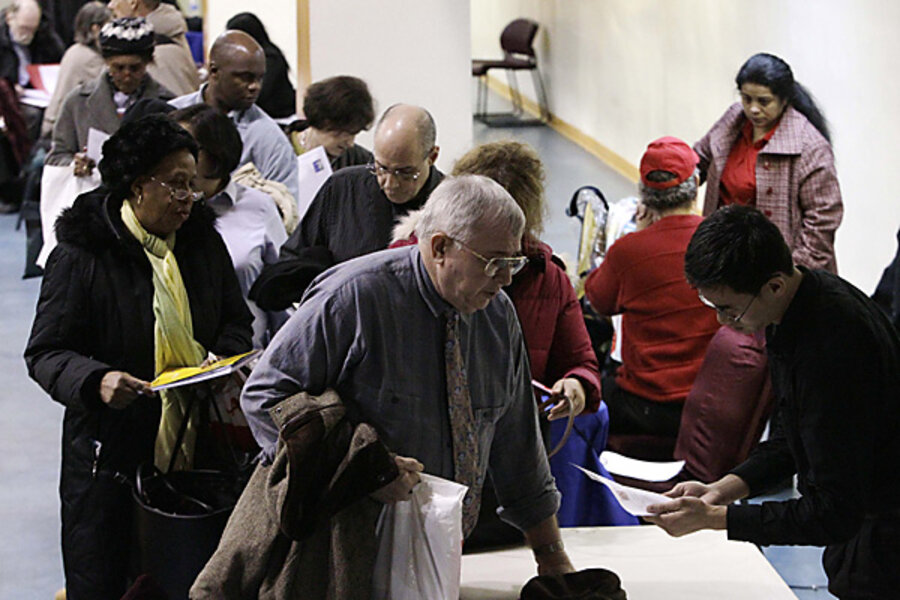Unemployment rate doesn't lie, but payroll data might
Loading...
An unemployment rate of 9.0 percent in the United States is extraordinarily high by recent historical standards, but that rate is 0.8 points lower in January 2010 than it was two months ago, based on Census data. And yet, the January employment figures show that only 36,000 jobs were created according to the separate payroll data. These are mixed signals, and the media tend to overplay the payroll signal. But I suspect that with the gap being so wide, there will be no avoiding confusion. Here's how to make sense of it.
Based on research I did in 2004, when GWB was president, I am an advocate of Census data and have made the point that payroll data are unreliable during macro turning points. (Something tells me the political interpretations of this research will be mixed signals as well). The unreliability of the payroll has many sources, but the one that makes me suspicious is the phantom jobs counted on payrolls due to turnover, and turnover fluctuates (by an unknown amount) during booms and busts. Census "household" survey data are not subject to that error, nor are they revised. So, believe the 9 percent rate. Payrolls will catch up in the months and years to come with booming growth once turnover accelerates again.
Is this unallyed good news? Unfortunately, no. The unemployment rate is a ratio, pure and simple, with total unemployment on top and the size of the labor force on the bottom. Consider table A-1 from the BLS report, and you'll see the rate decline is driven half by the denominator (a contracting labor force) half by the numerator (fewer unemployed) -- which have both dropped by about 1 million. Total jobs, however, is the same as it was in September.
Jan 2011 -- 139,323 employed / 153,186 in labor force
Sep 2010 -- 139,378 employed / 154,124 in labor force
Add/view comments on this post.
------------------------------
The Christian Science Monitor has assembled a diverse group of the best economy-related bloggers out there. Our guest bloggers are not employed or directed by the Monitor and the views expressed are the bloggers' own, as is responsibility for the content of their blogs. To contact us about a blogger, click here. To add or view a comment on a guest blog, please go to the blogger's own site by clicking on the link above.





